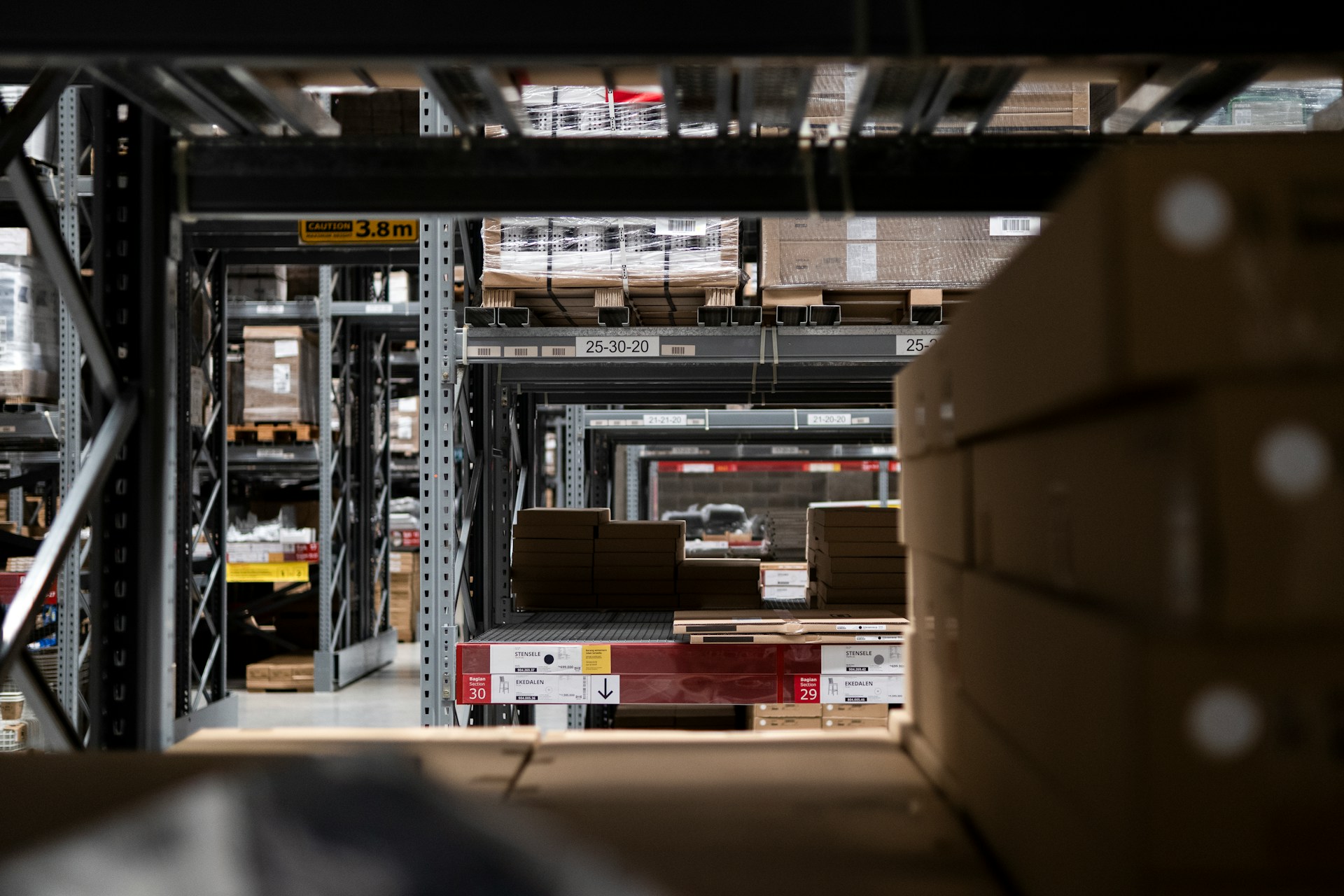Commercial real estate in the Netherlands: an overview of the recovery of sectors
After a period of instability, commercial real estate in the Netherlands is recovering. The logistics sector is performing the best, with high demand from tenants and buyers. However, factors limiting growth still affect the market.
The first quarter of 2025 was quite successful for industrial real estate. A total of 753,000 square meters was leased. Logistics facilities accounted for 57% of the total demand. Industrial premises accounted for 328,000 square meters, or 43%. These figures indicate high demand for logistics real estate.
Trends in the Netherlands logistics sector
Large transactions are a good indicator of market activity. In the Netherlands, the most significant ones were:
The lease of 41,000 square meters by Karl Rapp. The property, owned by Citylink, is located in Rotterdam.
Brouwers Logistics, an operator, signed a deal to lease 36,500 square meters in Drunen.
Dorel Juvenile extended its lease by 20,000 square meters. Additionally, Dorel Juvenile added another 10,000 square meters to the deal.
It bears mentioning that the demand for logistics real estate in the Netherlands is geography-driven. The country is considered a major transport hub for international shipments.

Since the beginning of 2025, there has been a growing disparity between the values of different types of properties. Customers are showing increasing interest in new, premium commercial real estate. At the same time, demand in the secondary market is declining. Demand for properties in Amsterdam, Rotterdam, and Breda is growing. These cities serve as key logistics centers in the Netherlands. Rental rates are steadily rising, influenced by a lack of supply.
High prices and limited property availability are forcing consumers to look for alternatives. Consequently, many tenants are looking to other areas. Property owners offering discounts and flexible terms are stimulating their interest.
Office sector overview
The office real estate sector is less dynamic than the logistics sector. This is due to several problems, including a shortage of high-quality properties. Additionally, the market offers limited options for hybrid work. There is a growing consumer demand for energy-efficient premises. However, building owners are reluctant to invest in modernization. Consequently, they offer discounts to retain tenants.
Analysts at Cushman & Wakefield see no prerequisites for a recovery in the office segment. Market development remains limited due to a lack of high-quality supply, and new projects are scarce. Investors are in no hurry to take action due to economic instability. The situation is further complicated by pressure from the state. The Dutch government has introduced new tax rules and tightened regulations in the sector. Consequently, the investment climate in the country has become less favorable.
